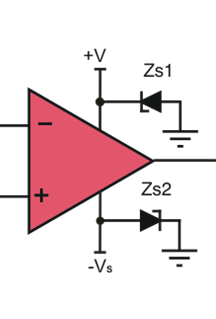Other Parts Discussed in Thread: TL084, , OP07C
Respected Sirs/Madams,
I am using OPA197IDBVT for my PT100 voltage calibration in my windmill stack.
Previously I am using TL084 it is working fine, In the new design, I have introduced OPA197IDBVT.
I have attached the circuit below.
Problem: On the field, It suddenly gave -15V output instead of my calibrated voltage, after replacing the IC the PCB started working fine. But because of so many PCBs out there on the field, I got trouble from the customer. Do you have any idea of the failures???




